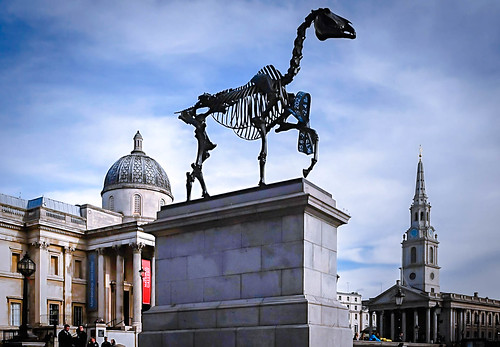 Adam...Whose line is it?
Adam...Whose line is it?
I don't normally watch Eastenders, but was around whilst a catchup version of the live week was being watched, back here at rashbre central.
The normal game during the unremittingly bad times of Eastenders is to spot how many scenes use expressive eyes instead of dialogue to convey meaning. Sometimes it can be a whole row of scenes and camera angles.
The setup needed to be different for the live shows. For a start they had a big jib crane camera, so they could show the distant Canary Wharf in some of the wide angle shots. Later, in case you missed it, they used a burger joint parked on some wasteland across from the Dome, just to be sure that the viewers spotted the soon to be Qatari owned skyscraper complex (although I didn't notice the HSBC logo).
But, you see, I am getting distracted from the storylines. Because I don't really watch the series, I was under strict instructions to refrain from out loud comments about the to-ings and fro-ings of the most dangerous square in Britain. No wonder it hasn't seen gentrification price rises and rows of parked Porsches and left-hand-drive European cars, no one would dare to live there.
It was sensible, if predictable, to underpin the main narrative with a wedding. The live camerawork could be used during these type of crowd scenes and some over-panning and excess zooming wouldn't look too out of place. It also gave the characters a chance to dress up, which meant that the live scenes inside the Beale household could be filmed in the style of an am-dram play, albeit with slightly more camera angles.
And hats off to Adam Woodyatt, who played the Ian Beale character and acted as a sort of engine to keep the plot driving forward. Sometimes other actors would be woodenly stuck in best Crossroads/Acorn Antiques moments, but Ian Beale kept things on track. I'm still not clear why he looked so drenched wet throughout the show though?
Also fascinating to see that even with all the cameras, there were still bits of the live action with blocked angles and the challenges of filming live, but in ways that you'd not normally see in the crafting of modern soaps. That was until the episodes clicked across to a pre-recorded insert, of which there seemed to be several. Each time the framing would go solid, the actors wouldn't look nervous and I assume behind the scenes the live actors were running around the set.
I'll confess I didn't watch all of it and missed what I presume was the actual wedding, when I gather that Barbara Windsor turned up? If truth be told, there were a few other characters that had re-appeared after sometimes lengthy or even deadly exits, but this was lost on me as a casual viewer. I had to be told that 'Kathy', sighted at the burger bar, was missing presumed dead, but apparently she is now returning.
For regular viewers this would all be great telly, with a proper knees up both inside the Vic and also in the Square. Regular viewers would also say that there's never been a happy wedding in Eastenders and this was no exception, what with a new dead body, a Exorcist-like child killer and even another semi-dead body that has now gone missing. Did one of the ruffians make mincemeat from the one left in a pool of petrol in the bottom of the pub cellar? I doubt it; the arsonist was one of the dancing celebrities from Strictly.
I must admit to a 'things to do in Denver when you're dead' thought when they needed to get rid of the first inconvenient new body and did say out loud 'they need an undertaker' when, amazingly, it turned out that there was actually one having a pint in the Vic! Talk about lucky.
The pan-shots across to Docklands also raised another interesting point. We had Dot doing a Dixon of Dock Green style voiceover part way through across the deserted Square, which usually marks the outer bounds of the show. But not so for the flashback episode. I'd expected the flashback to have been an optional episode, like those More4 programmes, but this was a key component of the denouement. Not only that, it wasn't live - it was on location. A proper location episode with real buses and everything! I don't watch enough of the regular show to know how often they use location scenes, but it immediately added some realism to the proceedings. As an experiment in episode types, I'd pick location over live, even if some of it is just a B-reel team getting some footage. That's what the Americans do, with soaps using short location inserts to add grounding.
But I suppose it's all written into the Eastenders Charter or something. That characters are only allowed to go wild if they move to Australia, Cardiff, Canada or an alleged crime-intensive resort.
I probably won't be watching what happens next, but I can say that I did get some genuine laugh out loud moments from the shows, which is probably a first. Corry is still the show with a sense of humour.






























